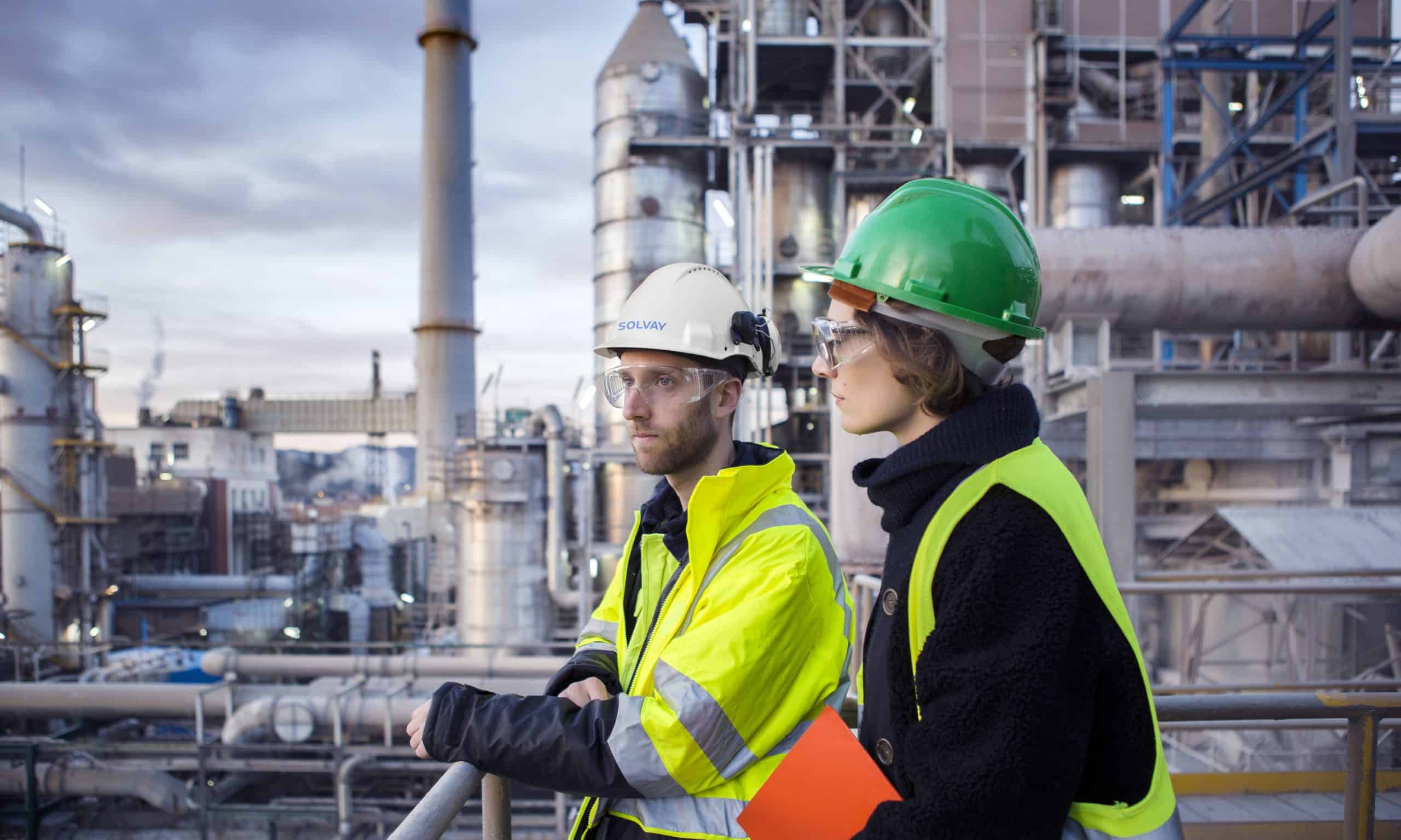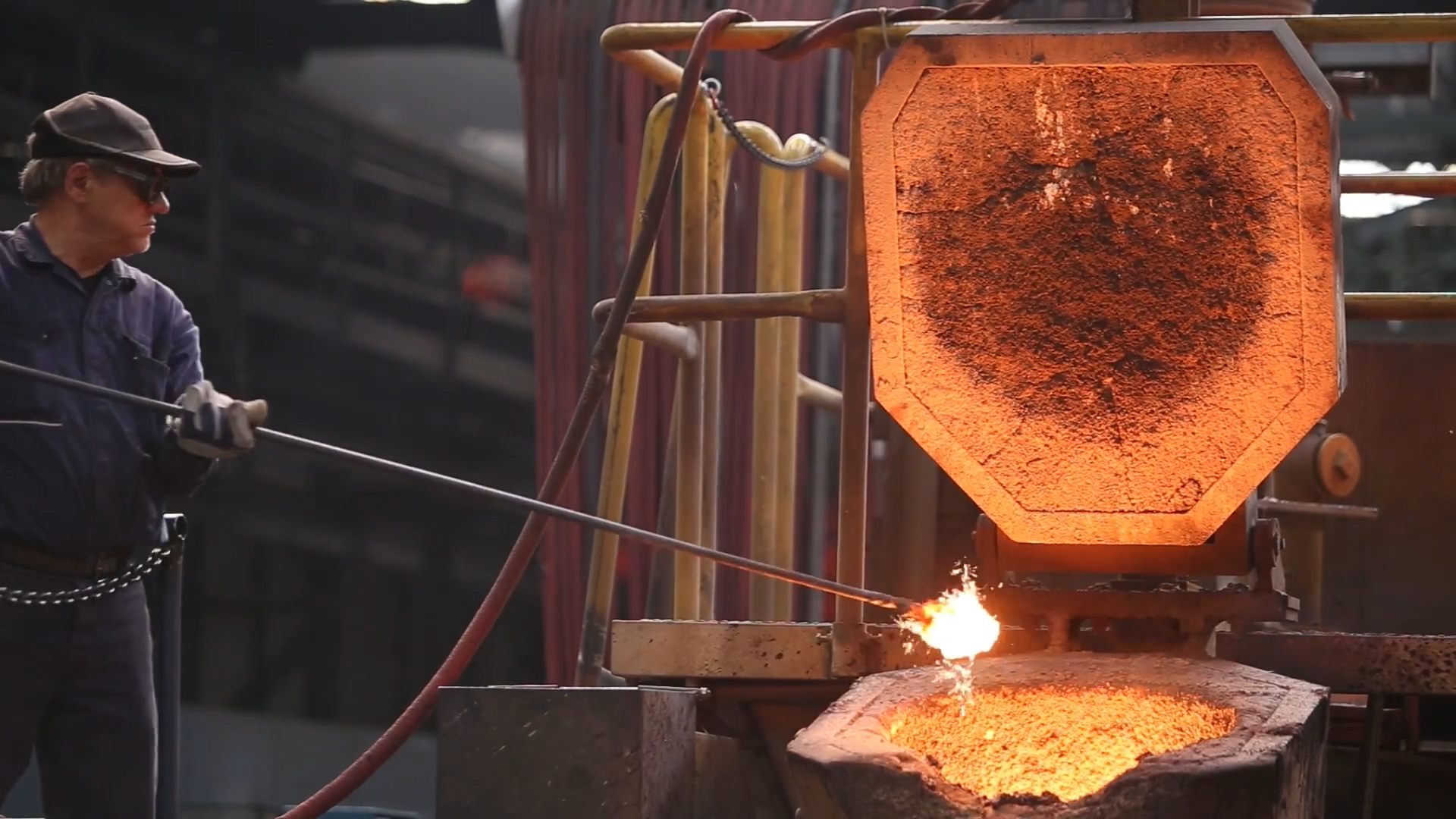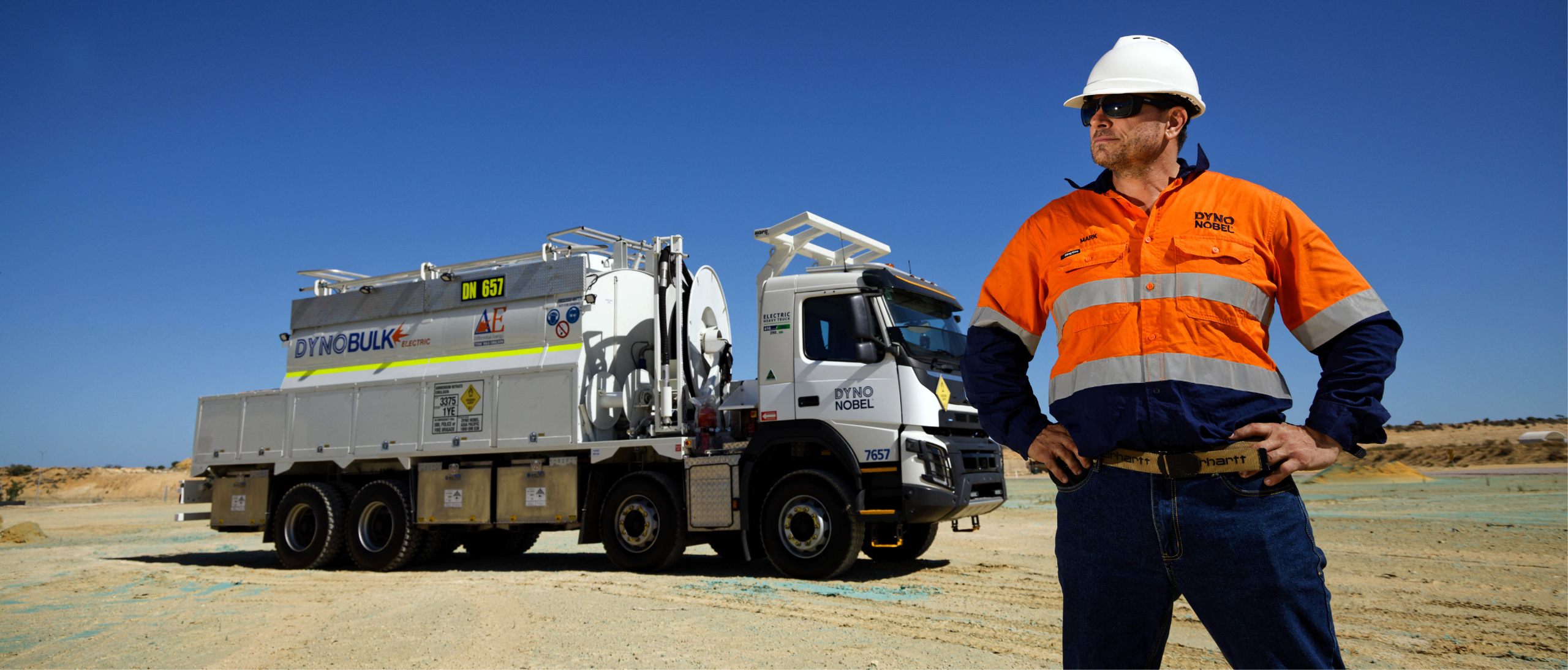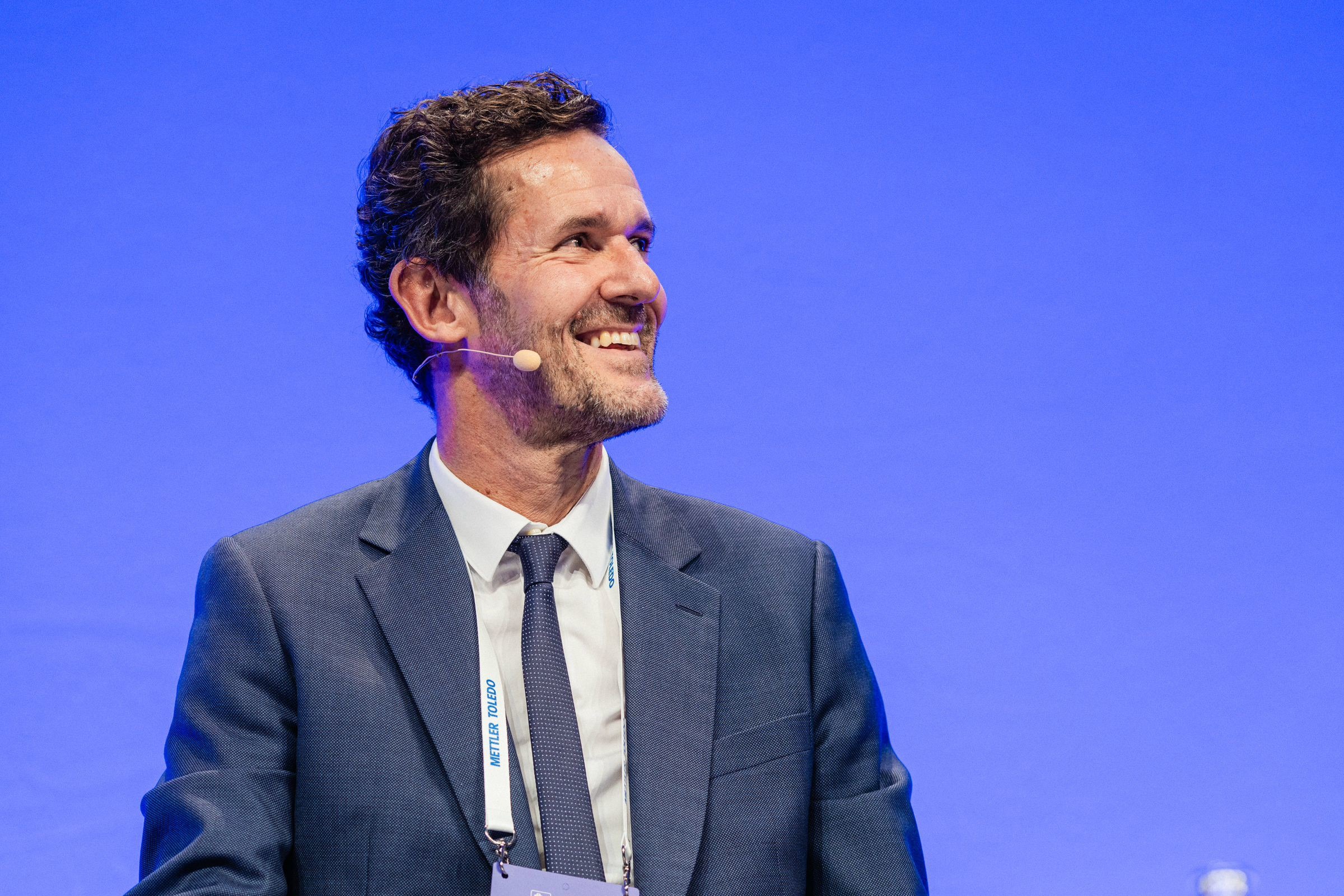Sustainability in Essential Chemistry: A Case Study of Solvay

Solvay, a 160-year-old leader in essential chemistry, explains how process innovation can be a key driver of sustainable practices within the chemical industry. This case study explores how the company is navigating the critical need to balance industrial progress with environmental responsibility through innovative production processes, a commitment to biodiversity and nature conservation, and a focus on building an inclusive and diverse workforce.
As industries grapple with the twin pressures of economic growth and environmental sustainability, the chemical industry faces a crucial challenge. Sustainable practices are becoming essential for chemical producers to mitigate their environmental impact. Solvay, a long-standing leader in essential chemistry, offers insights into how the chemical industry can adapt to these demands. The company’s efforts to reduce its environmental footprint and invest in greener technologies reflect the evolving role of the sector in shaping a more sustainable future. However, the scale of change required across the industry remains vast, and the coming years will determine if these sustainable practices can meet the urgency of the climate crisis.
For over 160 years, Solvay has played a crucial role in the chemical industry, recognized for its innovations in sustainable practices. Founded in 1863 by Ernest Solvay, the company gained prominence by developing an efficient method for producing soda ash. Today, Solvay’s products are essential for industries that shape modern life, including glass production, solar panels, and lithium carbonate for electric vehicle batteries. As industries evolve to address environmental concerns, Solvay’s role in balancing industrial progress with sustainability has become increasingly relevant.
Reimagining production processes
Soda ash production has historically been energy-intensive, with significant carbon emissions. To tackle this, Solvay has invested in developing a new production process, e.Solvay, over the past 30 years. Slated for rollout in 2030, this innovative approach is expected to cut CO2 emissions by 50% and significantly reduce water, energy, and raw material consumption.
While this is a step toward more sustainable practices, the chemical industry at large faces challenges in decarbonizing production processes. Solvay’s initiatives illustrate the potential for cleaner methods in a resource-intensive sector, yet widespread adoption of such technologies is essential for meaningful impact.
Developing a pathway towards nature positive outcomes
Solvay’s environmental initiatives extend beyond emissions reduction. The company plans to enhance its biodiversity roadmap, leveraging recognized best practices and advanced tools to achieve positive outcomes for nature. Solvay seeks to allocate 30% of land to nature conservation-compatible use by 2030, along with other commitments validated by Act4Nature. Notably at its Paulínia site in Brazil, 85% of the land is dedicated to nature and biodiversity, helping protect over 270 animal species. This approach illustrates the complexities of balancing industrial activity with environmental conservation, as companies look to mitigate their impact on natural ecosystems.
Inclusion and leadership in the chemical industry
Solvay’s sustainability initiatives are complemented by its efforts to foster a diverse and inclusive workforce. Solvay supports various inclusion programs, such as global parental leave and mentorship initiatives, reflecting a broader trend in the chemical industry. Companies recognize that diverse leadership is essential for driving innovation and sustainable practices.
Solvay’s initiatives align with the UN Sustainable Development Goals: climate action (SDG 13), biodiversity (SDG 15) and improved well-being through inclusive economic growth (SDGs 3, 4, 5, and 8).














